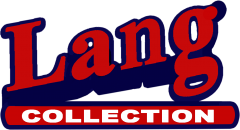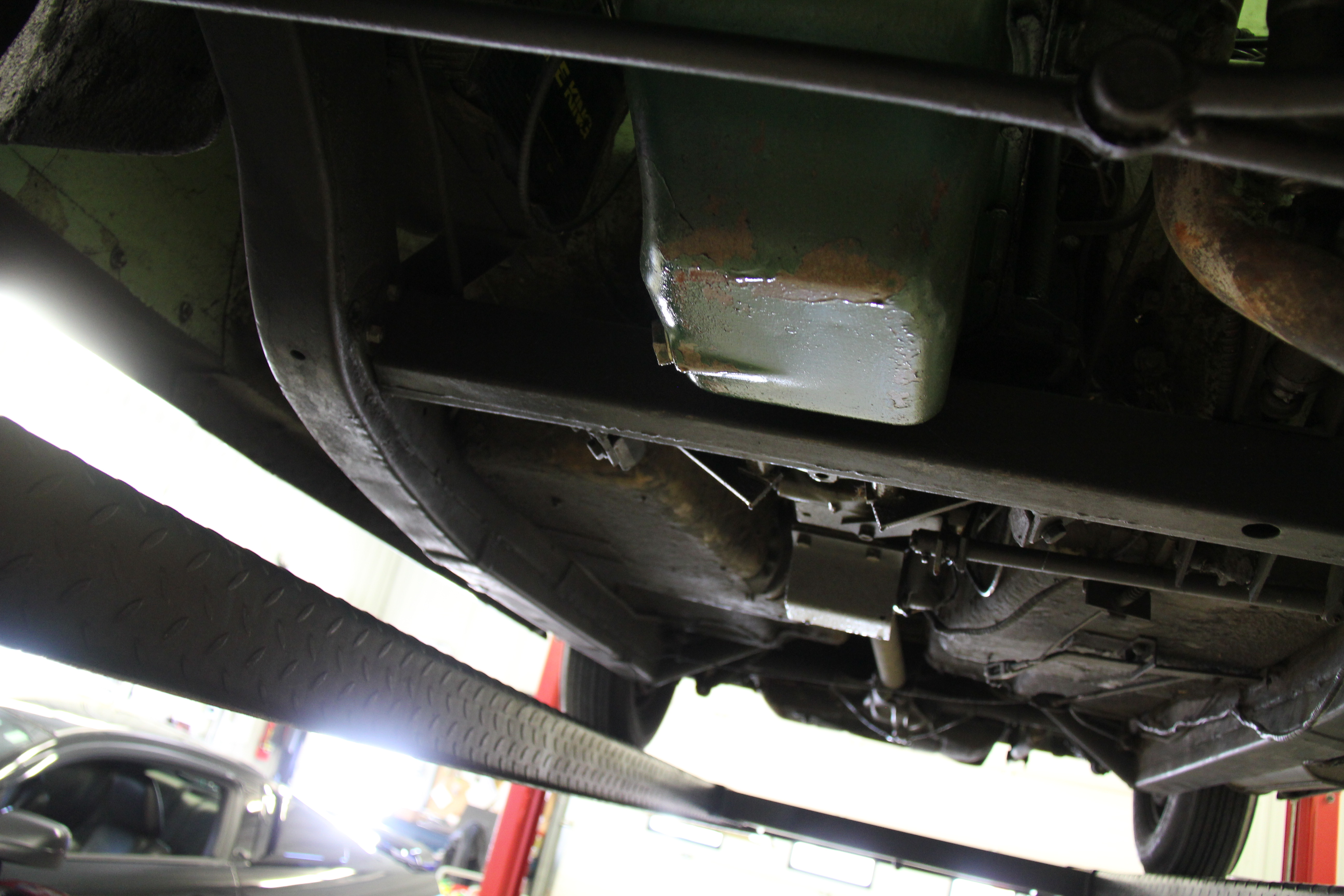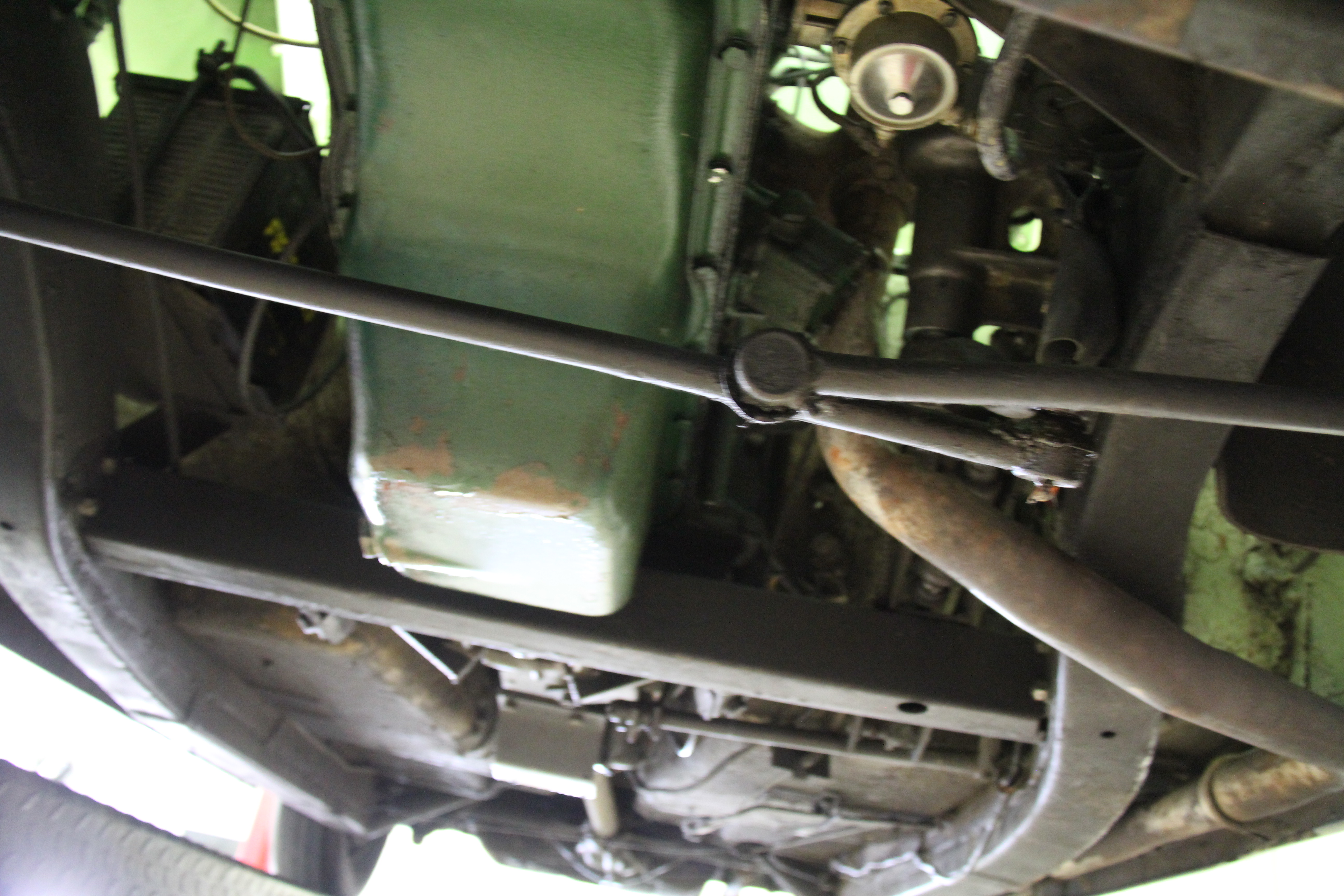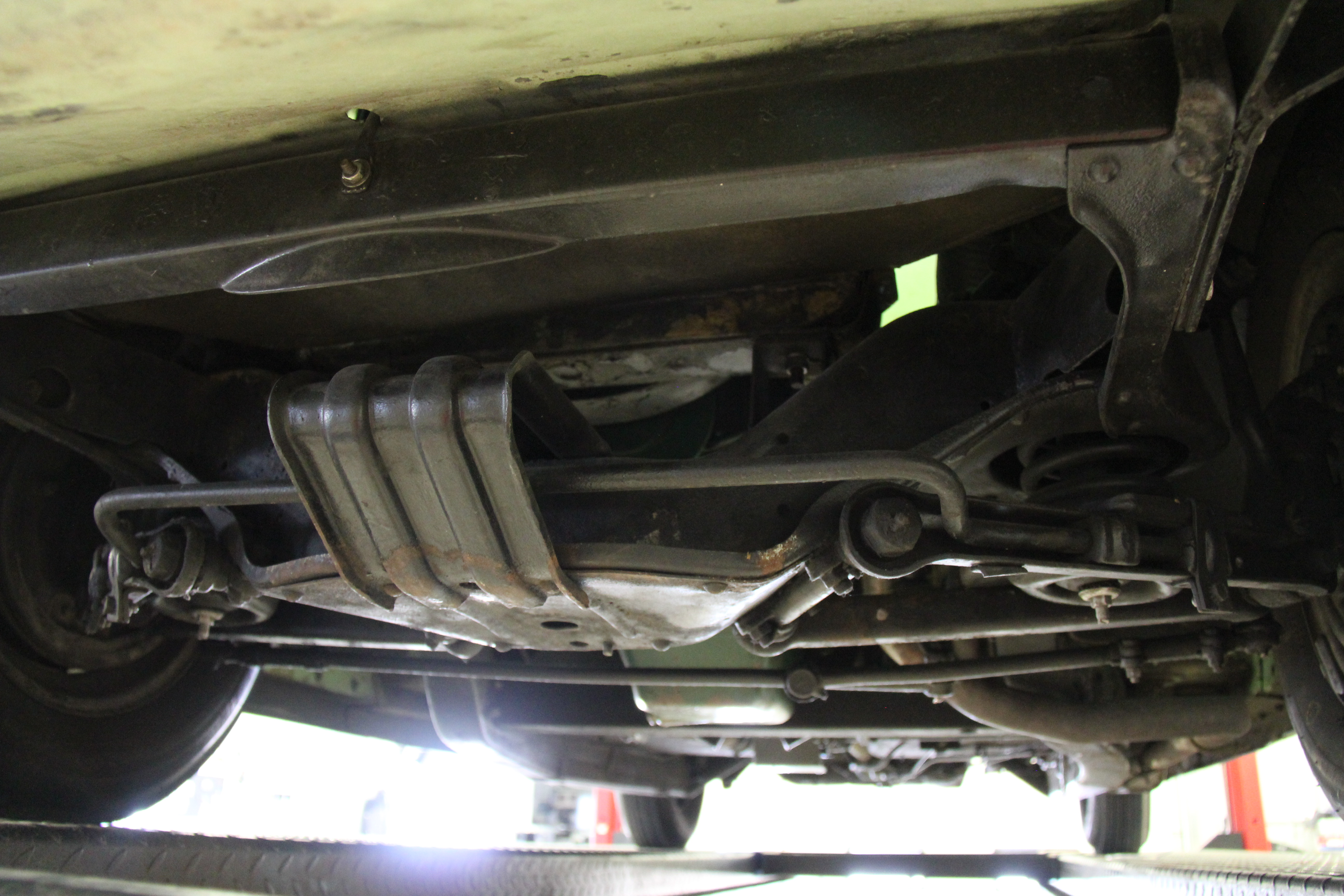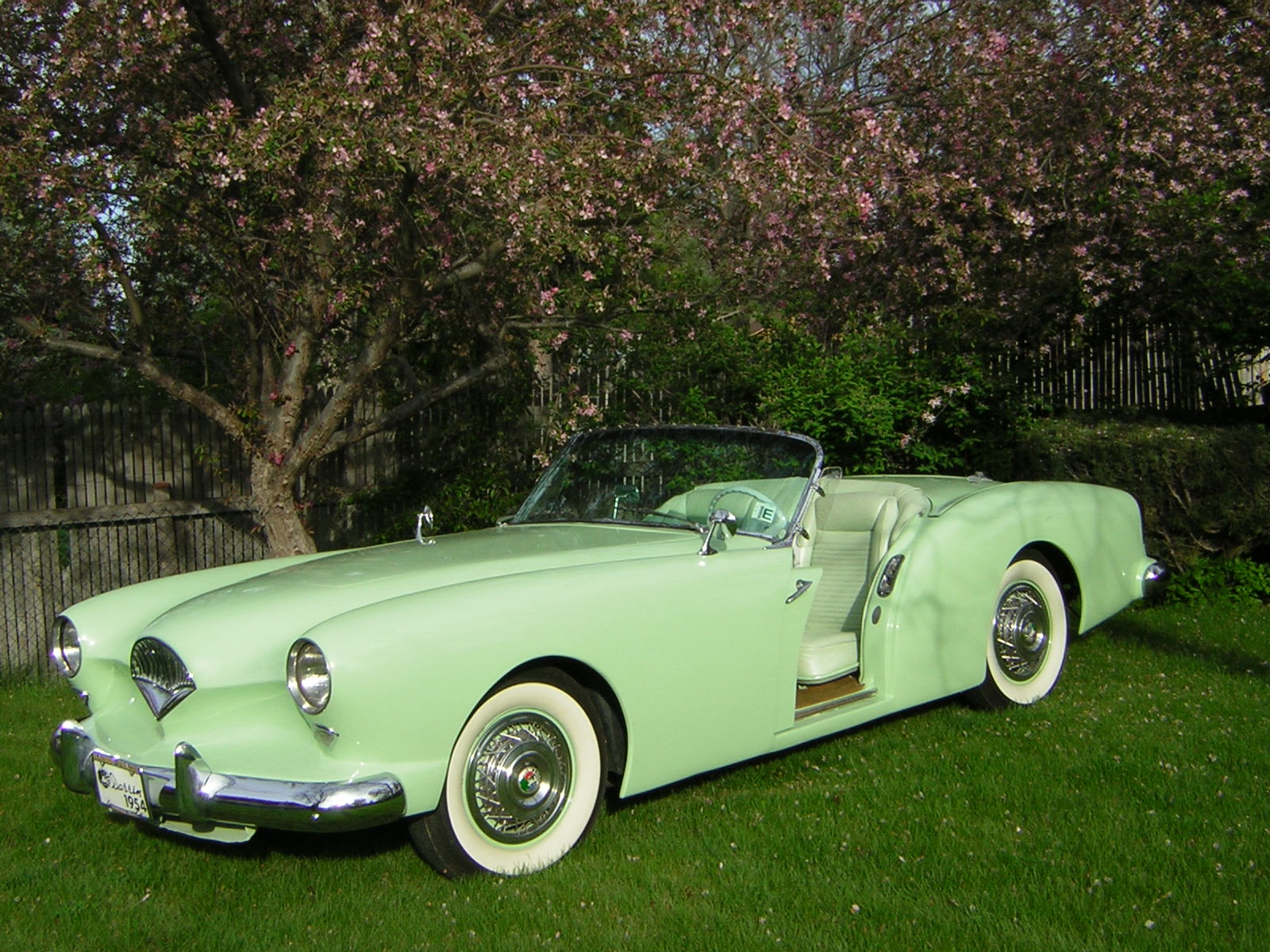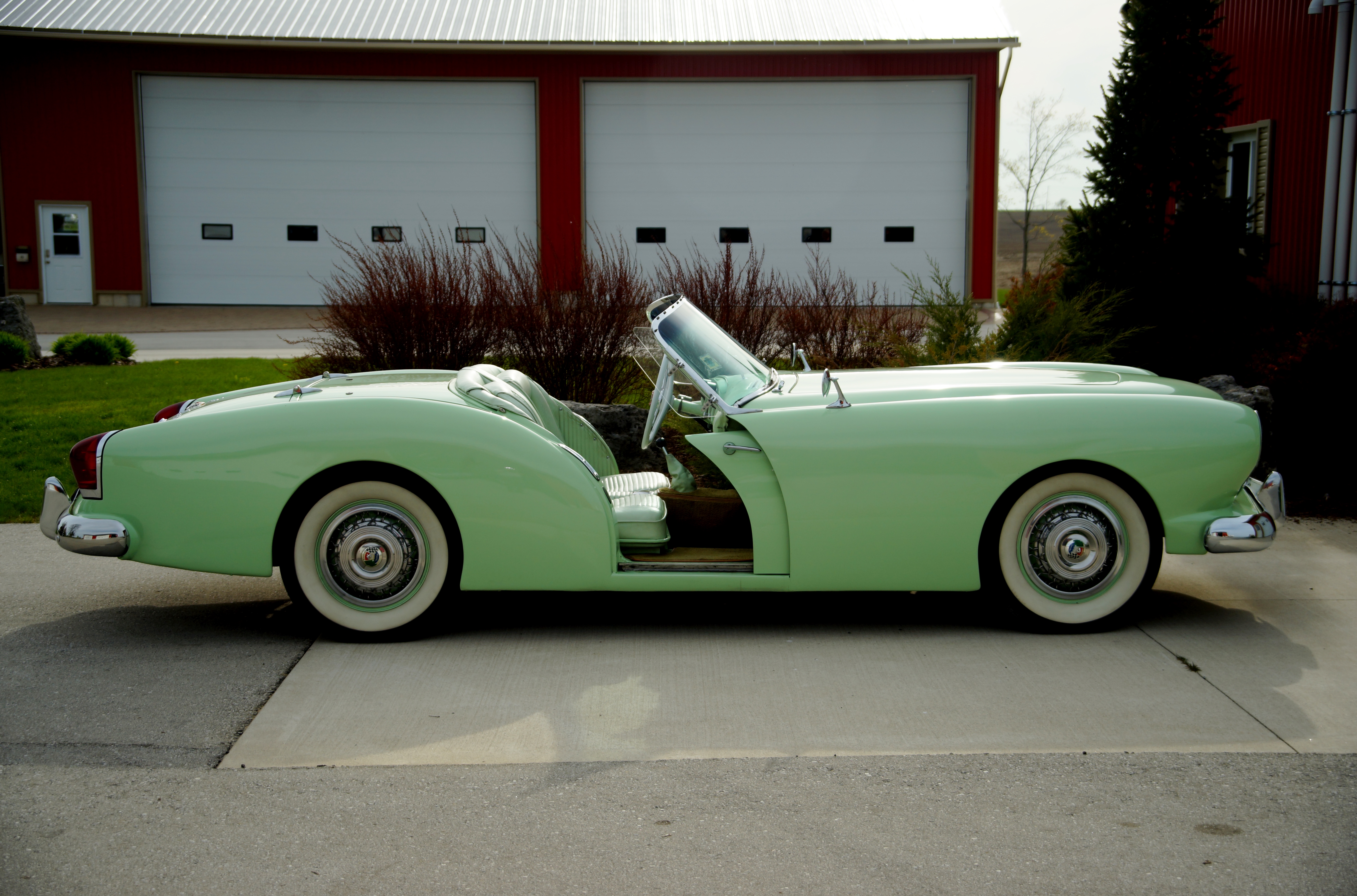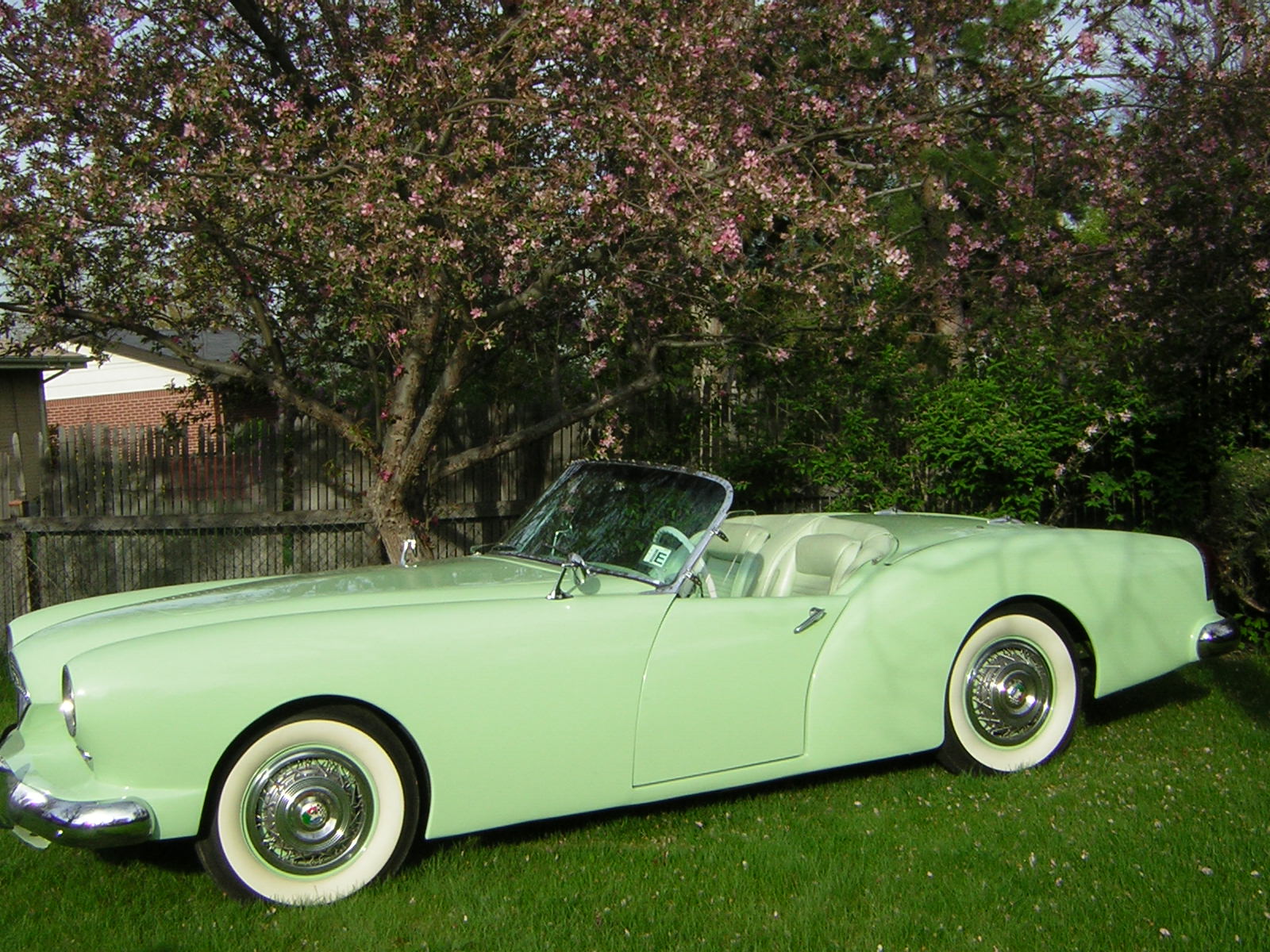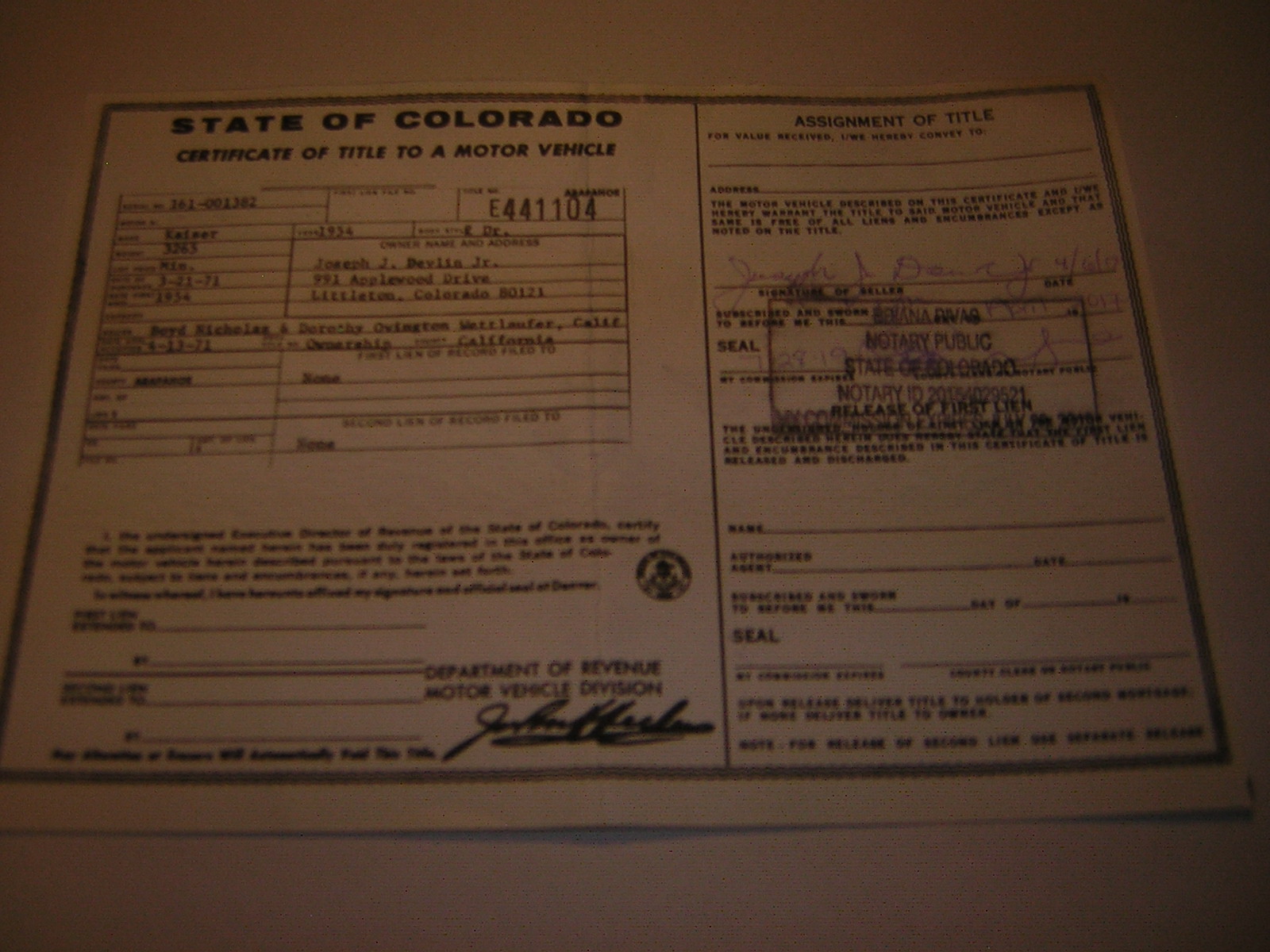1954 Kaiser Darrin NO 16
Designer: Howard “Dutch” Darrin
Production Dates: September, 1952 First Public Showing
Final Production stopped August 1954.
Engine: F-Head 6 cylinder Willys Hurricane Engine = 90 hp
Top speed = 95 mph (153 km/h
0-60 (97 km/h) = 15 sec
Standard Equipment:
Tachometer Interior: Top Grade Leather
Electric windshield wipers
Tinted windshield
Windwings
Whitewall tires
MSRP: Cost new $3668.00 Total Production: 435 Production Darrin’s
+ 6 prototypes
Survivors – Unknown
Named for Henry J. Kaiser, President of Kaiser Industries and Howard “Dutch” Darrin, Designer
Kaiser Darrin Model KF-161
During the 1950’s, sales of small European sports cars were increasing. Service men and women coming home the service had grown to appreciate the nimble handling of the various, especially English brands. North American manufactures could not help but notice this demand and see the sales opportunity it offered. GM offered the Corvette; Ford brought the T-Bird to the market. Other makers tried their hand including the Cunningham, Nash Healy, and the imported Triumph TR2. Kaiser’s entry brought the radical new fiberglass reinforced plastic Kaiser Darrin, model the DKF-161 to the market.
Advertised as being only 36 inches “from road to cowl,” the 54 Darrin was the lowest sports car of the period. The Darrin was the first production automobile in North America made of fiberglass (yes, even before the Corvette). It resulted from a partnership that included Kaiser, US Rubber Company, and Owen-Corning Fiberglass Corporation.
The designer, Howard “Dutch” Darrin was an inter-nationally known custom car designer and builder who we have met before. During the Twenties and Thirties, Darrin had partnered with Thomas L. Hibbard after Hibbard had left LeBaron to design and build cars in Paris. As the war approached Darrin came back the US in 1937 and opened a studio on Sunset Blvd in Hollywood. As a matter of fact, the first ads for the Kaiser-Darrin show it was “Designed by Darrin of Paris.” Darrin had always had a love–hate relationship with doors as can be seen in his designs for Packard in the late `30’s so. On this vehicle he made the doors disappear. The doors didn’t open; they slid inside the fenders. He felt it was a cleaner deign and it appears to be to this day.
Another “tell” from his days designing for Packard was the sweeping fender line that descended gently along the side of the car until it reached a dip at the head of the rear fender. This dip can clearly be seen where the door meets the upswing of the rear fender.
There were teething problems in bringing the KF-161 to market. Like its contemporary the Corvette, sales for the Darrin did not begin to approach projected figures. General Motors, with more assets and a larger dealer net behind them chose to persist and continue making the Corvette. The result can be seen on Chevrolet showrooms and race tracks around the world to this day. Kaiser, however, did not have GM’s financial stability, assets, and staying power and ceased production in August 1954.
The Darrin was designed as a traffic builder for their dealers. But Kaiser Corp was in such bad shaped financially that “it needed a miracle not a traffic builder.” The Darrin sports car was cursed from the beginning to be the right car in the wrong place in the hands of the wrong people. As result only 435 examples of this beautiful little car were manufactured and sixty years later the few survivors can now only be seen and appreciated in museums like the Lang Collection.
In part courtesy of Robert Tate, Automobile Historian and Researcher.
